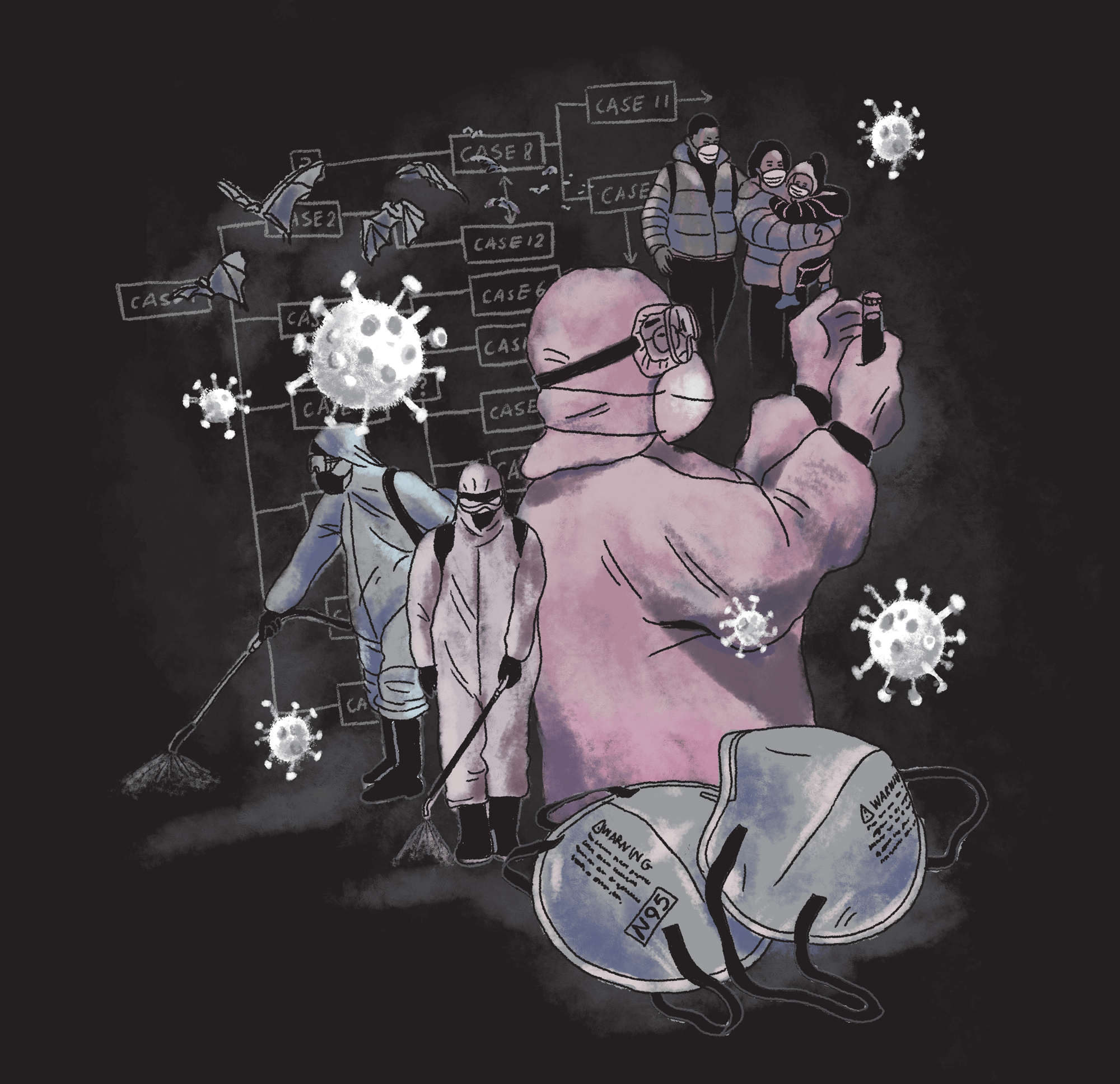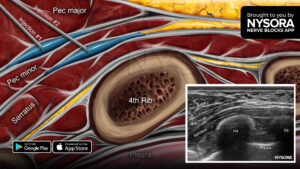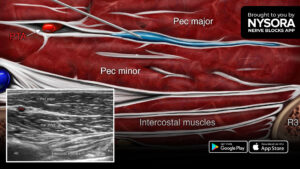Dr. Hadzic recently shared a striking image on his social media—a candid shot capturing OR staff in the midst of transferring a patient from the operating table to a hospital gurney. In his post, he raised a critical concern about the risk of back injuries among anesthesia professionals—a hazard too often overshadowed by the cognitive demands of their work.
This post has ignited a passionate discussion among peers.
Dr. Gagan Shrivastava, Additional Director of Cardiac Anesthesia at Fortis Healthcare, reflected on his own experiences:
“Yes, I did develop back pain on some of the transfers, but the reasons could be multifactorial. It’s a wake-up call that these risks are not isolated incidents.”
Dr. Shoaib Nawaz, an advocate for improved team dynamics and patient safety, commented on the lack of adequate manpower support:
“After practicing in multiple countries, I’m amazed at the lack of manpower help during patient transfers in the USA. Patient safety is a combined responsibility—it’s not just the anesthesiologist’s burden.”
Dr. John Selthafner, M.D., MBA, emphasized the role of technology in easing the physical strain:
“The hover mat is a useful device to mitigate musculoskeletal injuries when transferring patients. It should be used more frequently.”
Adding to the conversation, Dr. Nicole Fairweather, a seasoned anesthesiologist, noted the discrepancy between training and practice:
“While many hospitals mandate manual handling training, in reality, the practical support during transfers is often lacking. This disconnect is a significant contributor to our rising injury rates.”
Dr. Pankaj Bhosale, Consultant Paediatric Cardiac Anaesthetist, shared a practical solution from his experience:
“We use patient sliders and specialized shifters that allow us to transfer patients with fewer personnel. It’s an effective method, but not all institutions have adopted these ergonomic solutions.”
Furthermore, Dr. Rajesh Kakkad stressed the cumulative impact of these repetitive movements:
“The physical toll isn’t from one isolated event; it’s the constant, repetitive strain that eventually leads to chronic pain and injuries. We need to re-evaluate our patient handling protocols.”
These insights illustrate a growing consensus within the anesthesiology community: without immediate ergonomic interventions and improved teamwork protocols, the physical risks in our ORs will only intensify. As hospitals grapple with staffing challenges and increasing procedural demands, now is the time to reexamine how we approach patient transfers.
This discussion not only highlights the need for change but also reinforces the vital connection between provider well-being and patient safety. By integrating mechanical aids like hover mats and patient sliders, and by ensuring that transfers are truly a team effort, we can safeguard the health of those who work tirelessly to keep patients safe every day.








